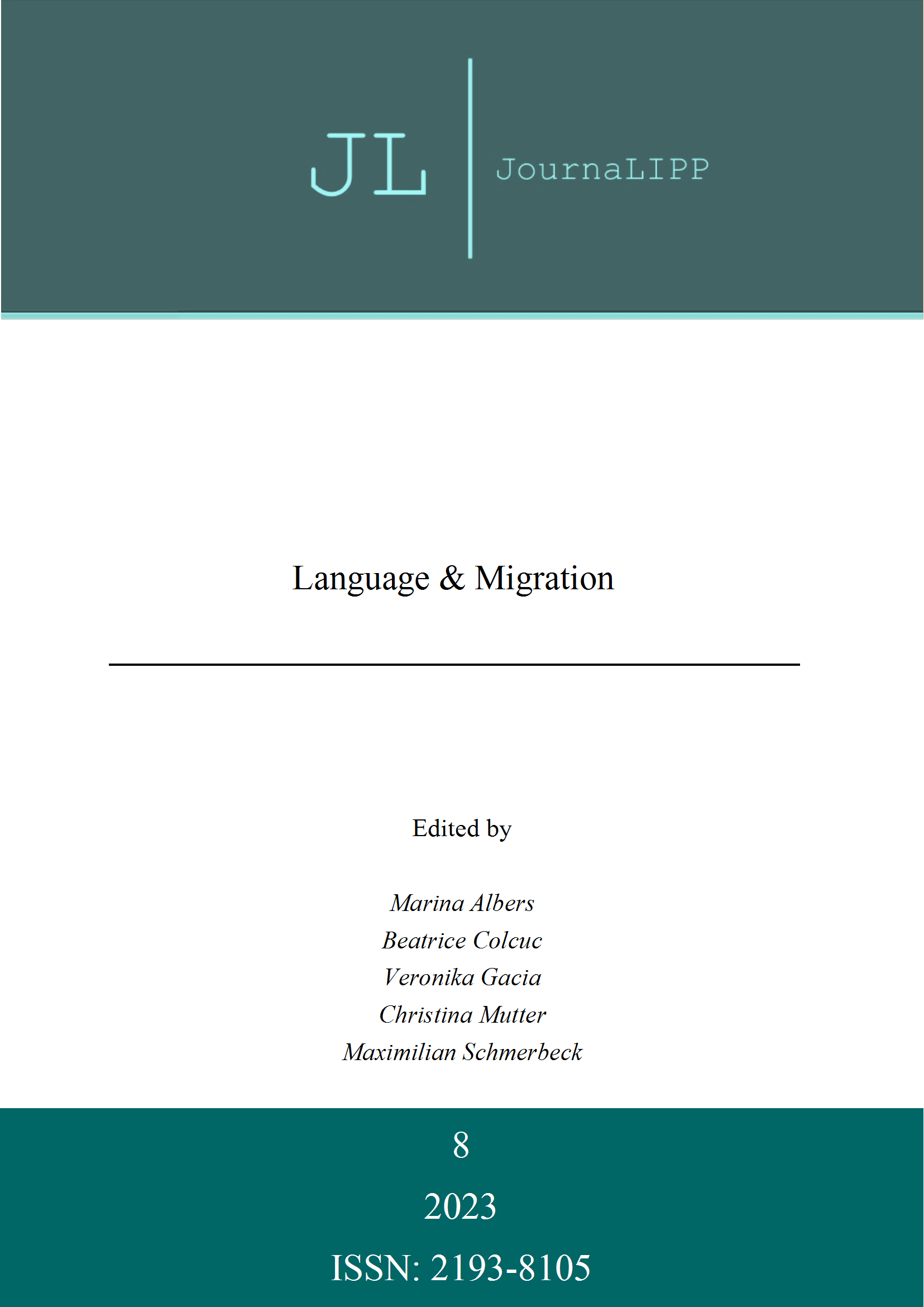Abstract
Barossa German in Australia is on the verge of language shift and exhibits many phenomena of language erosion, including the construction tun + infinitive. In addition to its use in conditional sentences, in the subjunctive, and for emphasis, a habitual or generally imperfective character is often discussed in light of the tun-periphrasis. A diachronic study of Barossa German based on spontaneous language use in narrative interviews shows that periphrastic tun was used in both present and past tense from 1966 to 1973, whereas it occurred almost exclusively in the past tense between 2009 and 2014. The first set of data is from the Monash Corpus of Australian German by Michael G. Clyne. The second set of data was provided by Claudia C. Riehl from her project on Barossa German as a relic variety. An analysis of the contexts in which the tun-periphrasis, the synthetic past tense, and the perfect were used, helps to clarify whether the tun-periphrasis had developed into a habitual past or a general past tense marker over the course of about 45-50 years, and how the tun-periphrasis fits into the developmental trajectory of diminishing varieties.
Keywords: tun-periphrasis, Barossa German, aspectuality, habitual past, tense-aspect

